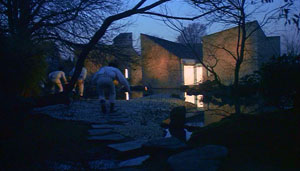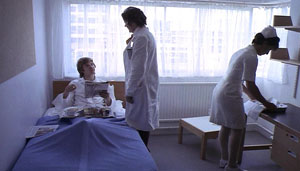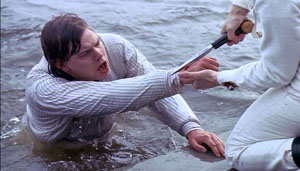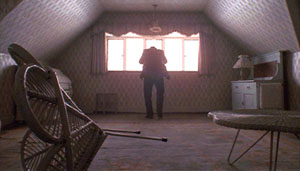



Back to Reality: an unexpected development in dystopic lighting
One interesting aspect of Brazil is the fact that it is a brighter movie. The scenes were usually well illuminated compared to the dim and dark tones of Blade Runner and all the other noir films in the Arch 646 selection. This indicates a new lighting convention that can be exemplified by Kubrick’s Clockwork Orange. The dim and dark nature of dystopic films removes the audience from reality. They are usually taken into a very different world than the one in which they live. This is especially true for black and white films where the environment becomes abstracted simply by the removal of colour. In A Clockwork Orange, Kubrick used normal, soft lighting throughout most of the film. There are moments of high contrast with harsh shadows and intense backlighting in the opening scenes. However, the most disturbing second half of the movie was shot in regular daylight. It is the part of the narrative where the doctors remove Alex’s natural desire for violence through the medical manipulation of his body and brain. This dubious solution of using medical technology as a means of social control is far more disturbing than the rebellious and ultra violent behavior of Alex. Kubrick’s use of even and balanced lighting in the second half of the narrative suggests that this futuristic world is closer to reality than one might like to think. The use of realistic lighting conventions in a dystopic film brings the story closer to the audience’s reality. One can easily associate with the ordinary environment in which Alex lives. The chaotic world presented on screen maybe the world in which the audience lives.
